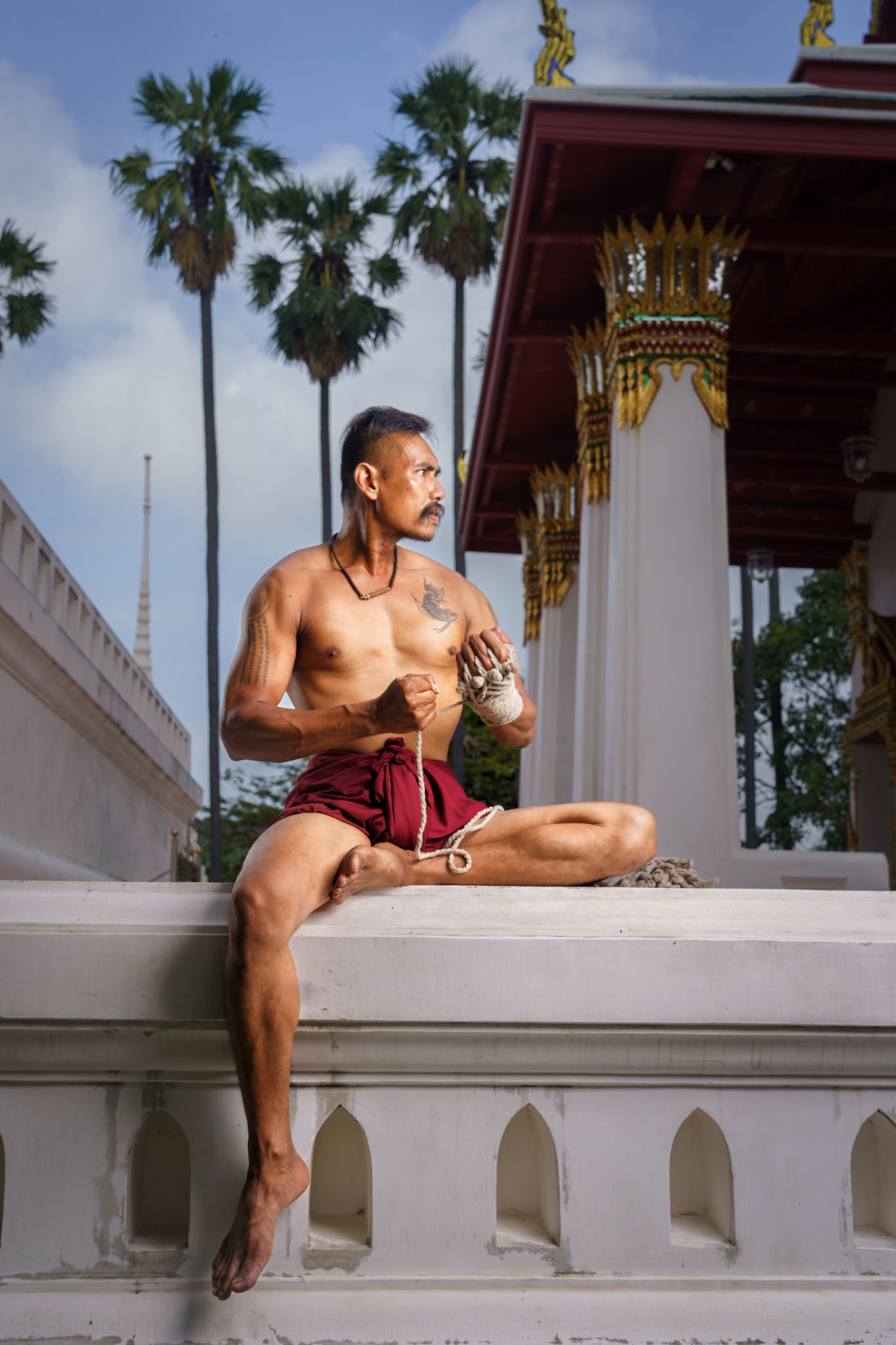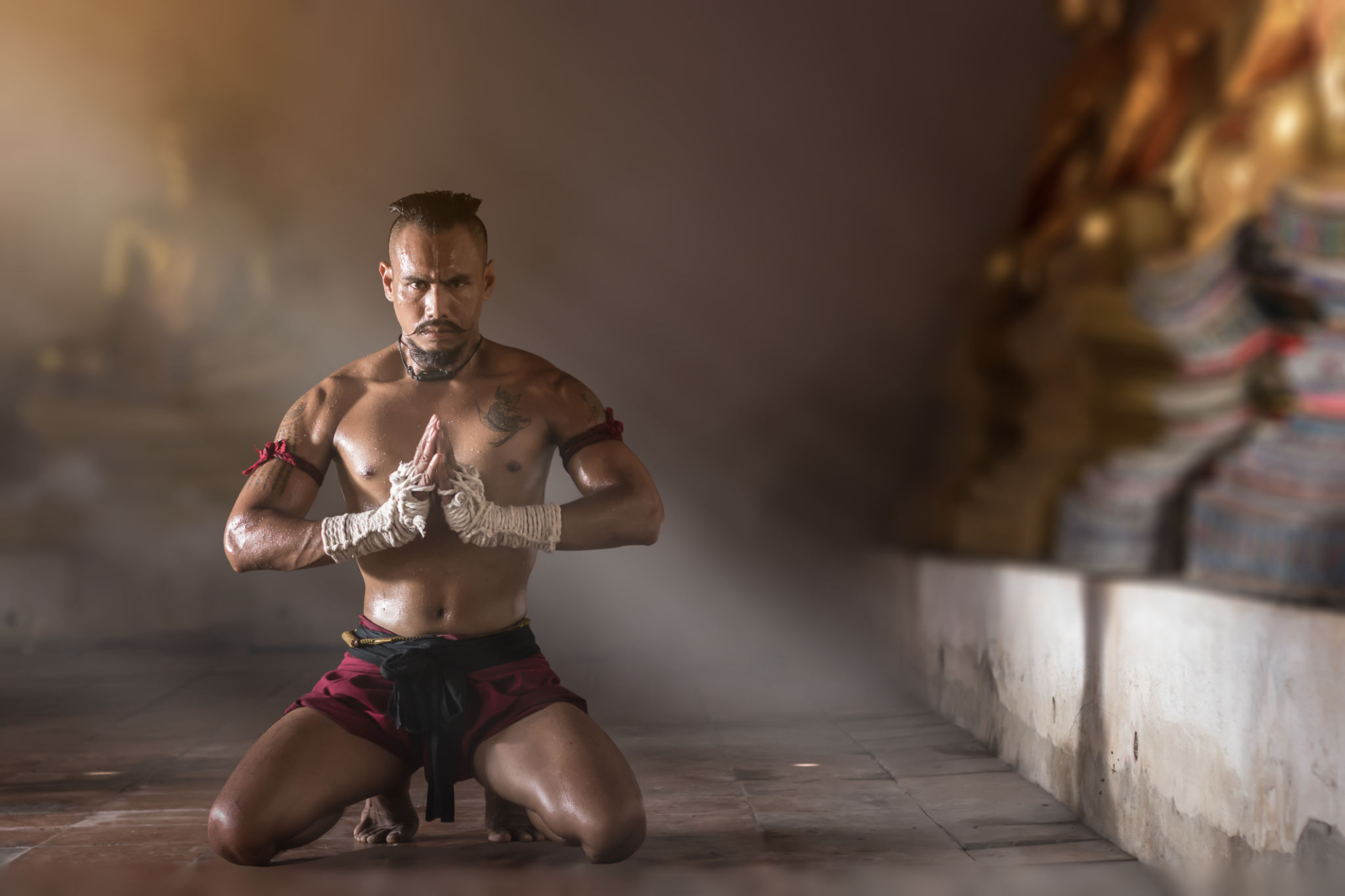Exploring the Cultural Roots of Muay Thai in Modern Training
The Origins of Muay Thai
Muay Thai, often referred to as the "Art of Eight Limbs," is a martial art with deep cultural roots in Thailand. This combat sport utilizes punches, kicks, elbows, and knee strikes, making it a comprehensive fighting style. Understanding the history of Muay Thai is essential for appreciating its significance in modern training practices.
The origins of Muay Thai can be traced back centuries to the ancient Siamese military. Initially used as a form of self-defense, it evolved from older martial arts and battlefield tactics. Over time, it transitioned from a military practice to a sport, gaining popularity across Thailand.

The Cultural Significance of Muay Thai
Muay Thai is not just a sport; it is an integral part of Thai culture and identity. It embodies values such as respect, honor, and discipline. Fighters often participate in traditional ceremonies before a match, which include a dance called the "Wai Kru Ram Muay." This ritual pays homage to their trainers, ancestors, and the sport itself.
The cultural significance of Muay Thai extends beyond the ring. It is often featured in festivals and national celebrations. The sport has become a source of national pride, with Thai fighters representing their country on international stages.

Modern Training Techniques
Modern Muay Thai training blends traditional techniques with contemporary fitness practices. While the fundamental techniques remain the same, today's training routines incorporate advanced conditioning exercises to enhance strength and agility. Fighters engage in rigorous cardio workouts, strength training, and flexibility exercises to ensure peak performance.
Training camps across Thailand are popular destinations for both amateur and professional fighters seeking to hone their skills. These camps offer an immersive experience, combining traditional training methods with modern sports science.

The Global Influence of Muay Thai
Muay Thai has gained international recognition over the past few decades. Its effectiveness as a striking art has made it a staple in mixed martial arts (MMA), where fighters appreciate its powerful techniques. As a result, Muay Thai gyms have sprouted worldwide, attracting practitioners from diverse backgrounds.
The global spread of Muay Thai has also led to the development of variations and adaptations. While purists may prefer traditional styles, many schools incorporate elements from other martial arts to create a hybrid approach.
Preserving Tradition in Modern Training
Despite its evolution, preserving the traditional aspects of Muay Thai remains crucial for practitioners. Many training camps emphasize the importance of understanding the cultural roots alongside physical training. This respect for tradition ensures that the legacy of Muay Thai continues to thrive.
Fighters and enthusiasts are encouraged to learn about the history and cultural significance of Muay Thai as part of their training journey. This holistic approach not only improves skills but also fosters a deeper connection to the sport.

The Future of Muay Thai
As Muay Thai continues to grow globally, its future looks promising. The sport's ability to adapt while maintaining its cultural essence is key to its enduring appeal. Efforts to include Muay Thai in international sporting events like the Olympics are ongoing, which could further boost its popularity.
In conclusion, exploring the cultural roots of Muay Thai enriches our understanding of this dynamic martial art. Whether you are a seasoned fighter or a new enthusiast, appreciating its heritage adds depth to your training experience.